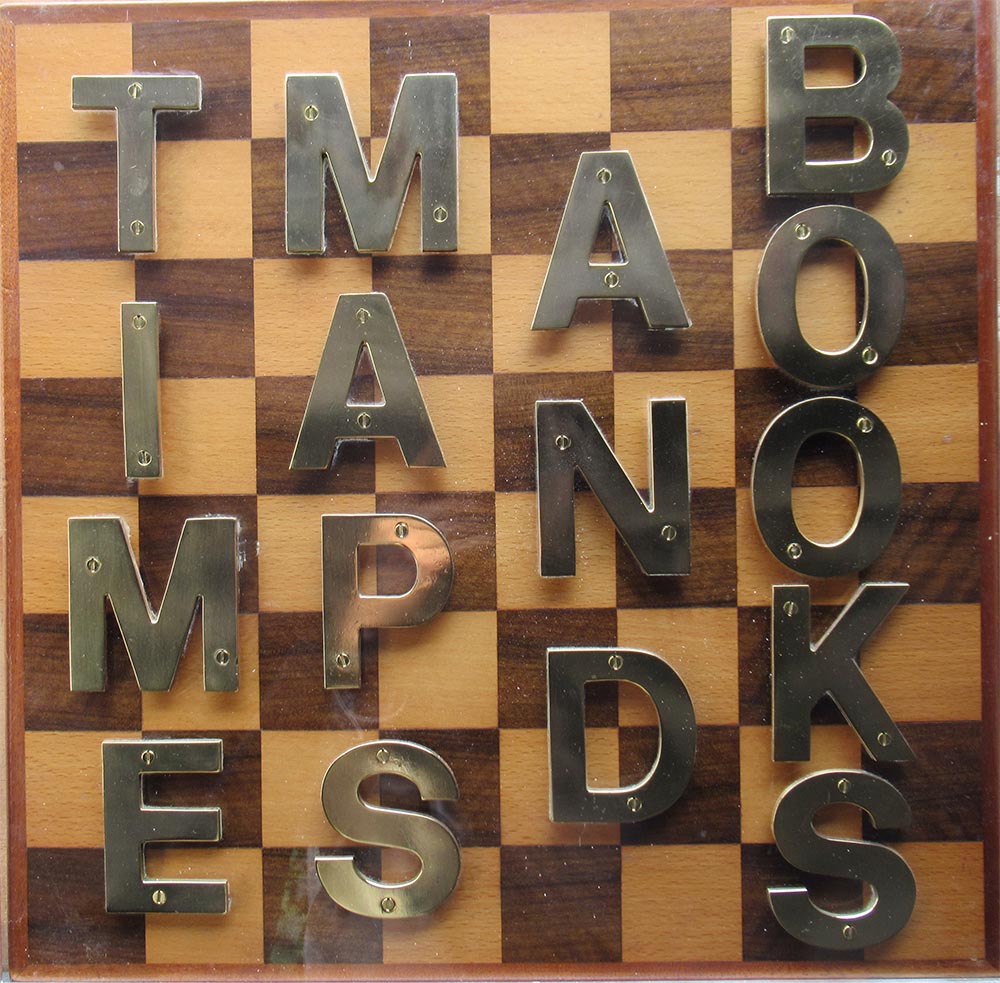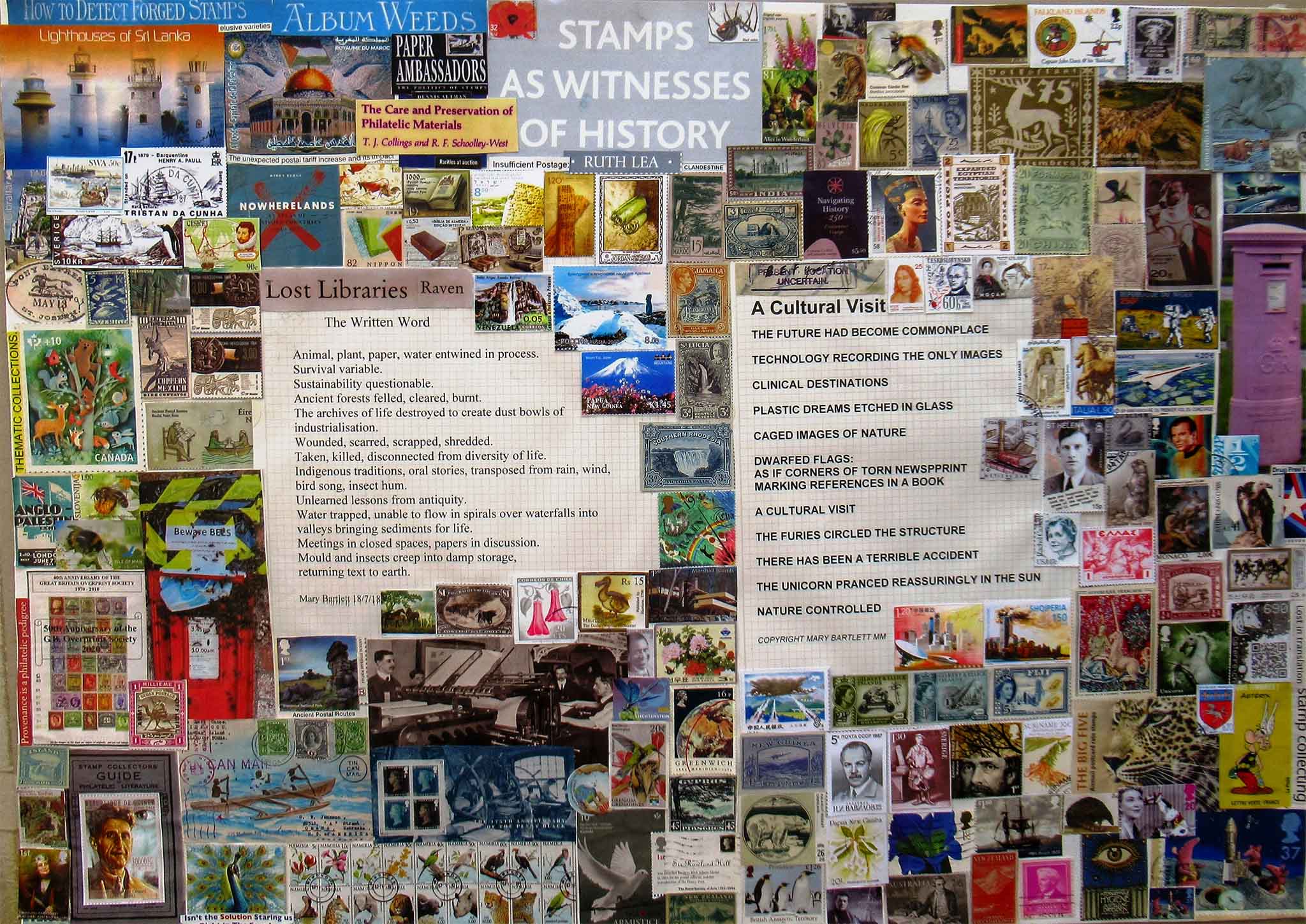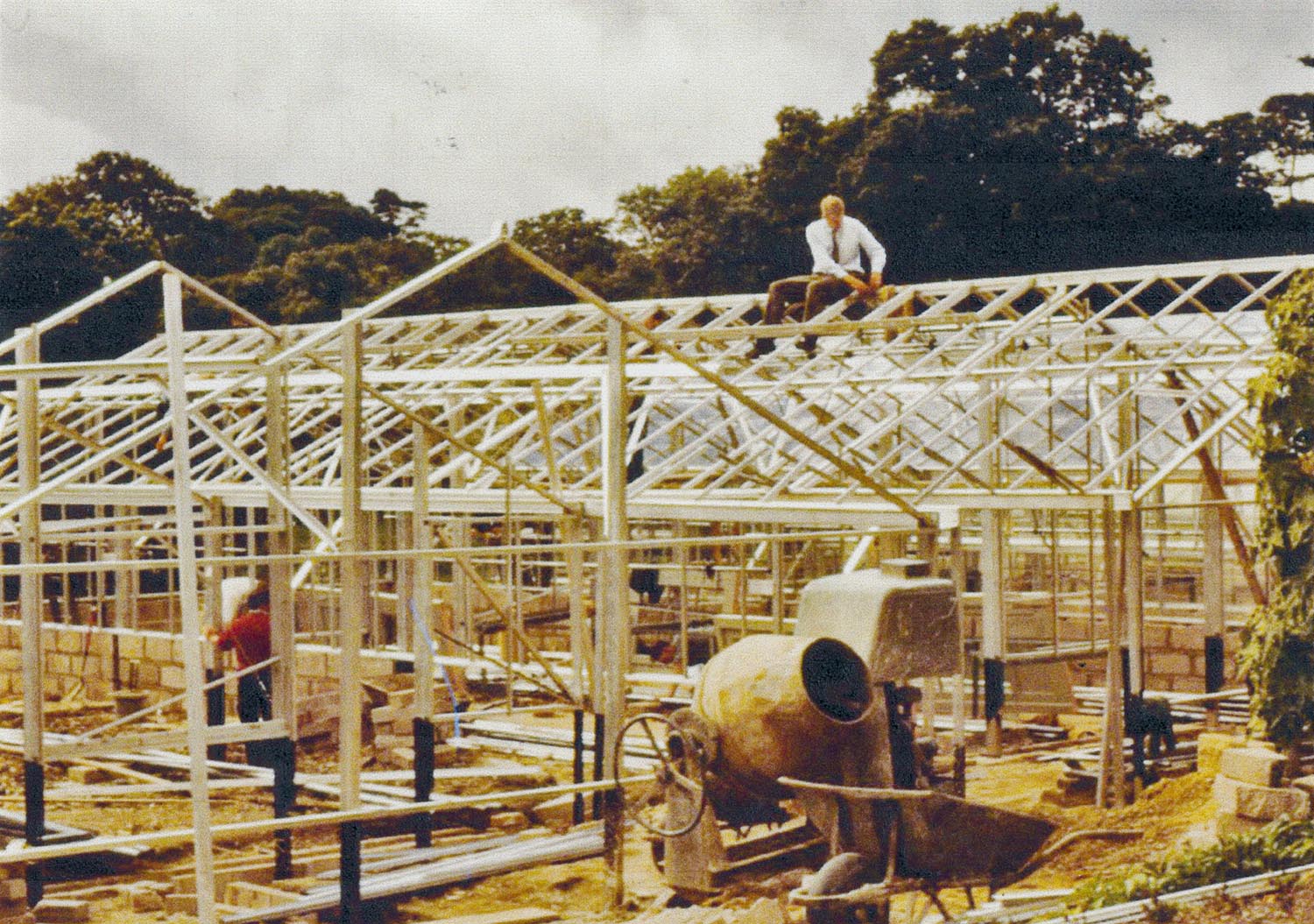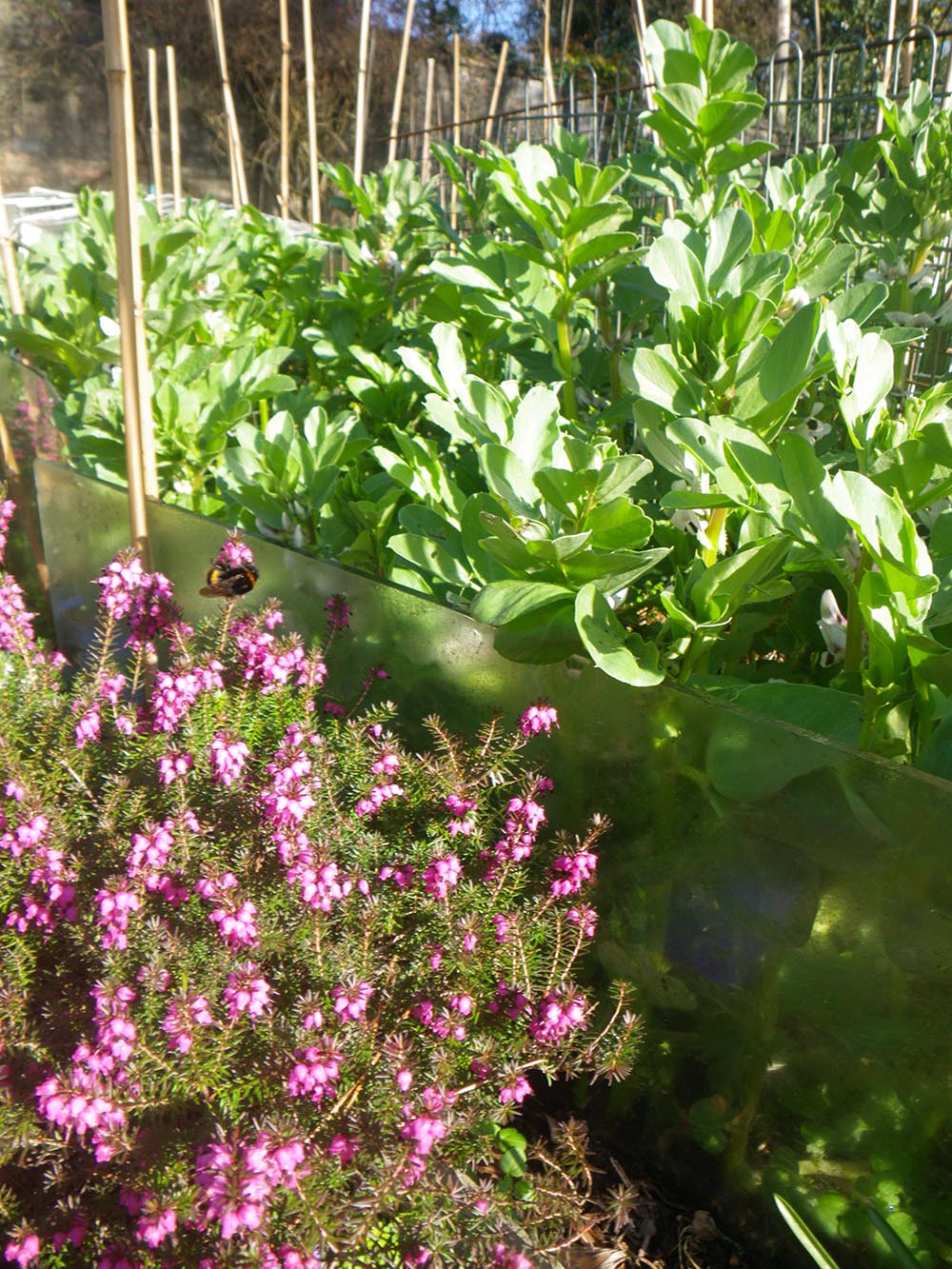Mary Bartlett came to Dartington in 1963 as a horticultural student. After her training she became responsible for the glasshouses, nursery and walled garden.
She is the author of several books, including the monograph Gentians, and Inky Rags, a review of which can be read here. She is now the tutor for bookbinding in the Crafted @ Dartington department. More blogs from Mary
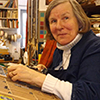
Chess board made by Bramwell Bartlett
Geological time still shapes our lives. All of prehistory is present even in the food we eat, because it is grown in soils that have been broken down over millions of years. Some soils are rich in minerals which plants can absorb – as long as they are grown without chemical fertilisers. Locally, the red soils of the Devonian period produce wonderful root crops for the winter.
In 2012 I went to an amazing RHS lecture by the environmental scientist Professor Alan Baker, who described how certain plants indicate the presence of in a soil of particular minerals and can consequently be used as a guide to mining. He explained how the same expertise can be used in reverse on contaminated ground. The indicator plants take up the minerals; once they are dried, the minerals can be reclaimed.
He wrote me a list showing the relationship between minerals and plant colour which I intend to remake in the bookbindery using blocking foils – perhaps this summer when I have some time!
In Elizabethan times, the West Country mariners made significant voyages mapping their finds around the world, Davis, Raleigh, and Drake – all raised in Devon – were just some who ventured into the unknown.
In Classical mythology, time is measured by the Fates; one weaves the thread, one measures it and the other cuts. Karma speaks for the Indian traditions about the consequences of our actions. Our destinies are interwoven. In the Christian tradition, our daily deeds are written in the book of life by the Recording Angel. How we take responsibility for each day, how we treat the world around us and those we interact with each day – our every crime and misdemeanour is remembered.
Video of a book depicting geological time using decorated papers
Near death experiences are not uncommon; I had one after the birth of my daughter Lucy. A friend, William Mutha, wrote a book about his called – rather wittily – Dying for a Change.
Mystics often refer to this cosmic memory trace as the Akashic records. Among the best-known 20th century adherents to that tradition was the American Edgar Cayce. I have a wood engraving of the Recording Angel in the workshop and as there seems a backlog of bindings needing attention. I suggest to my bookbinding class we meet up when our time comes and continue the work on restoration of ancient books.
Humans have recorded their everyday lives in many forms, from cave paintings, clay tablets, papyrus scrolls, parchment manuscripts to the ephemera of our brave new age, where information seems to vanish overnight, but then, like the works of the Recording Angel, is never entirely lost.
The western form of the book, the codex, has dominated much of our understanding. When I work with students from other cultures, I show them different forms from their own traditions. Some of the many who stay in touch send me other examples made by traditional craftspeople all over the world.
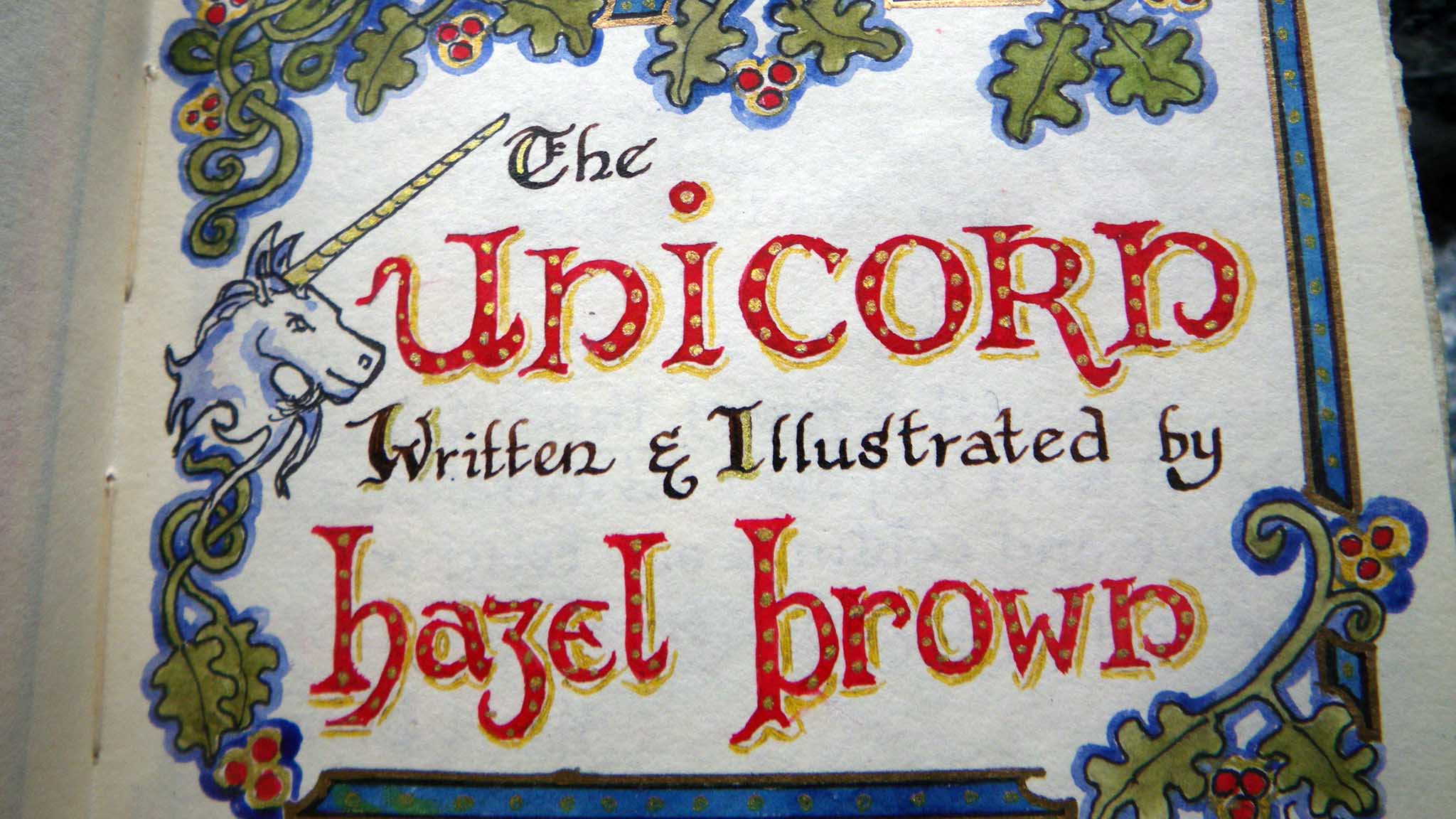
Images of book by one of Mary’s artistic friends
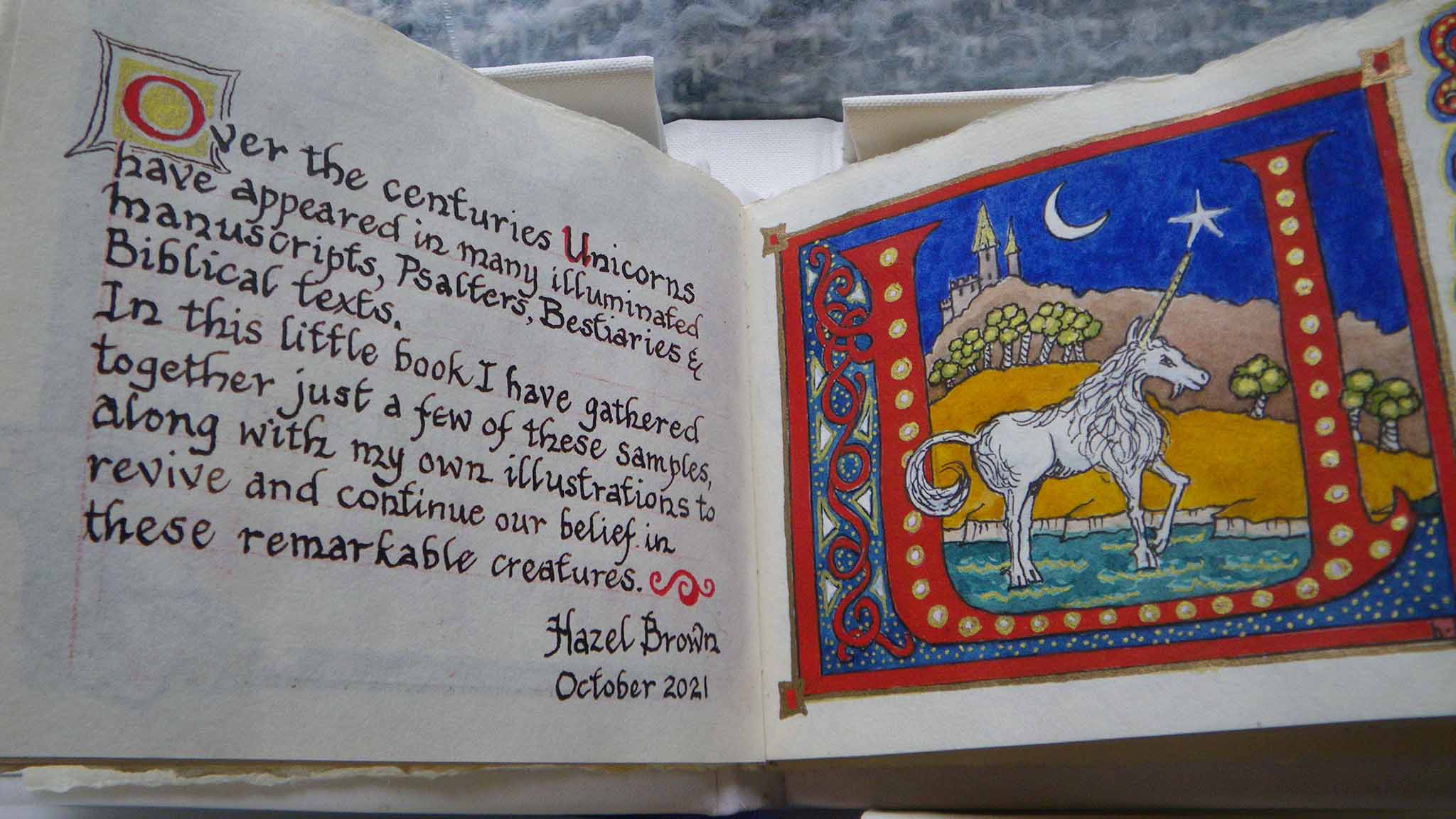
One of my bookbinders has researched a book on Ancient Unknown Civilisations. From another writer, Robert Sepehr, I found reference to a plant in ancient Peruvian times which it was said could soften stone. Thinking this unlikely, I sent the information to a friend who plant collected in Peru for Kew. She did not dismiss the possibility!
Another class member, Kari Furre, is making a wonderful set of boxes modelled on her interesting beachcombing finds. Some of our work will be on show when we open the workshop for the Thrive Festival in May.
I collect stamps – not valuable ones especially, but those that record information – about human achievement, political power struggles, the movement and collapse of empires. Who and what has been recorded and who and what has not – and why; stamps offer extraordinary insight into the history of the moment.
Mary’s stamp poster
The past and the future always feature in the monthly stamp magazines, often accompanied by lively debate in the correspondence pages. Occasionally. I have contributed. There is a large folder of an exhibition I did for our local stamp group in Buckfastleigh on natural history.
The death of friends is always a time to reflect. My most recent loss has been that of Terry Underhill, who died 16th March. He came to Dartington in 1964, after the sudden death of the previous head gardener Mr Johnson. Terry transformed the gardens, working with Dorothy Elmhirst during her last years, and he expanded and updated the horticultural training scheme.
After he left Dartington, Terry went on to make over 500 programmes for Television South West. We used to sit together on the publicity stand at county shows answering gardening questions and enjoying the general chatter. Someone offered my daughters a prizewinning lop-eared rabbit as a present one day. Another kind visitor gave me a poster of a magician which hung in his inn in Tintagel. It still is on the wall in the workshop. I have bound copies of all the TV scripts as a record of what we did.
As I begin to plant my garden I remember my grandfather, my father and his brothers who all taught me as a child about the importance of a relationship with growing – and the virtue of selecting and saving seed for the next season.
I have given much of my spare seed away but still have adequate supplies.
Many of the lecturers who came to Schumacher College, including Vandana Shiva, Andrew Kimbrell, Wendell Berry, emphasised the same values, but from the perspective of counterbalancing the current trend in favour of strerile F1 hybrids and GM seeds.
Wendy Cook, well known for her writing and teaching about food, visited me the other day and suggested I grow black radishes for the winter. I know nothing about them but have acquired some seed. One of my failings is that I sow seed too thickly! So with these I shall be very careful.
I will also be ever grateful for the advice I get from my friend Frankie, an authority on biodynamic growing.
The compost bins need sorting for the season to come and it’s time to put potted winter heathers next to my broad beans to help with pollination.
Winter heathers and broad beans
Water will be critical but that is another subject for another time.
Thanks to Bill Simpson for the photographs.

